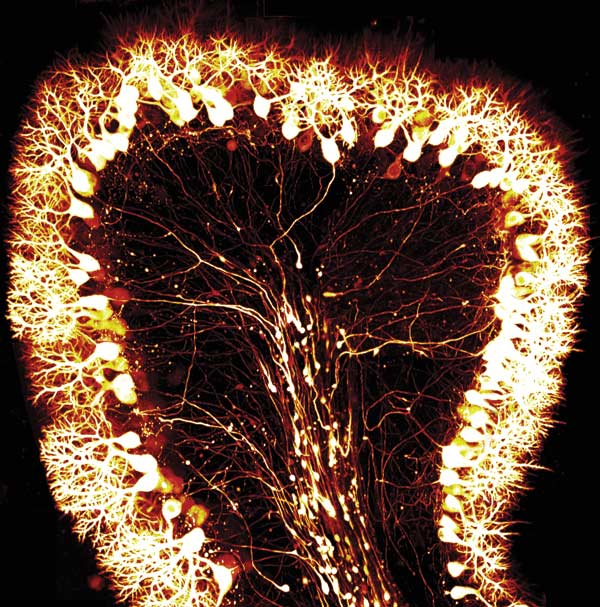I can’t believe I nearly missed this. Eight weeks straight on a plane, and you’d think I’d be spending a bit more time with the New York Times app on my iPhone. But, no, this incredibly well-considered piece of synthesis by David Brooks nearly slid right by me.
It’s not that Brooks is saying anything truly new here. Writers in the diverse fields he mentions – neuroscience, psychology, sociology, etc. – have been building a case for the integral connection between reason and emotion for years, decades even. But his distillation of the key insights of “the new humanism,” as he puts it, is especially sharp and clear:
This growing, dispersed body of research reminds us of a few key insights. First, the unconscious parts of the mind are most of the mind, where many of the most impressive feats of thinking take place. Second, emotion is not opposed to reason; our emotions assign value to things and are the basis of reason. Finally, we are not individuals who form relationships. We are social animals, deeply interpenetrated with one another, who emerge out of relationships.
What Brooks offers is a synthesis that points to synthesis – the reuniting of concepts our culture has told us are dialectical, disconnected, or broken into disparate parts. It occurs to me that the shift in thinking he describes is really the shift from object-oriented thinking to systems thinking. Our brains are not a set of discrete objects, but a unified system; we cannot distinguish the functions of one part from the whole without fallacy. And we ourselves are not discrete units, but rather nodes in social systems. Everything is interconnected. It’s a profound shift in worldview.

These images, in case you’re wondering, come from a 2009 piece in Technology Review called “Time Travel Through the Brain,” showing a kind of history of brain imaging. The images have no specific link to Brooks’s NYT piece, but looking at the images with their branching fibers and tendrils, I was reminded that all the brain really is is connections. Synthesis, linking things together, drawing multiple inputs into a cohesive picture – this is what the brain does. Any structure as reaching as this one cannot really be a dichotomy in how it behaves.

Of the three insights I’ve quoted from Brooks above, the first two are foundational to Aesthetics of Joy, and the third is deeply significant. How quickly we forget the effortless magic of our unconscious mind, a silent engine, a hidden processor that runs in the background, quietly alert. Aesthetics of Joy is about the language that speaks to this unconscious mind, the language of form, movement, surface, and character that communicates with the mute sensemaker that is our emotional brain. Joy is sense, as is sadness or contentment or shame. All of these are a kind of proto-rationality, a set of organizing principles that help us prioritize our interactions and parcel out our precious, limited conscious attention towards the world. To say “our emotions assign value to things” has an ironic accuracy. We have for so long assumed that the rational brain assigns value through measurement, probability, and calculation, and that our emotions misappraise value. Now that we know the limits of our tools, our inbuilt estimator looks better and better. Though relative and mercurial, emotionally-calibrated value offers a truer reflection of a thing’s importance in our sphere.

For design, I hope this emerging synthetic view will lead to a more synthetic practice. Too often, I think designers swing between extremes of rigor and intuition. Because design can be hard to explain, we justify our decisions based on hyper-rational principles or we fall back on “it just feels right.” What I’m working towards, and what I know others are as well, is an informed intuition – an understanding of why things feel right when they do, and a language for communicating this among ourselves and to others. A new humanism, I hope, will also help to bring about a newly humanistic kind of design.
NYT: “The New Humanism”
Technology Review: “Time Travel Through the Brain”




Discussion (1 Comment)
Hello! I just started reading your blog today, so you may well already have posted about this, but if not, I think you’d like to see the online Museum of Fabric Brain Art, with works by Marjorie Taylor and Karen Norberg. Marjorie is a psychology professor at the University of Oregon who specializes in imagination, especially children’s imaginary friends.